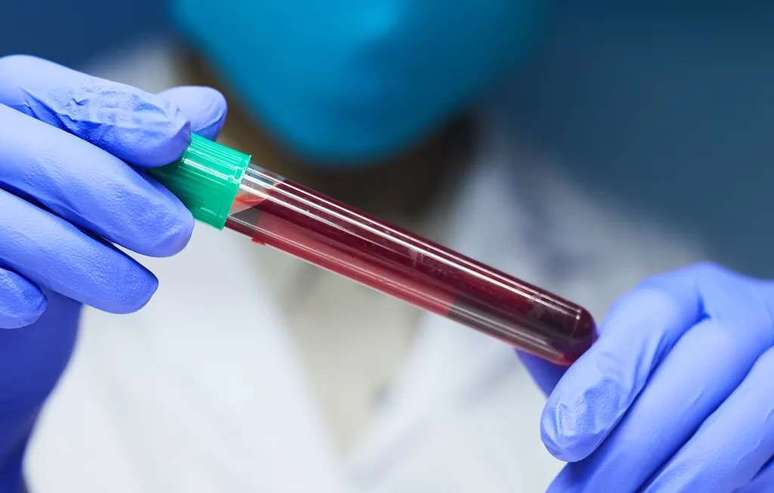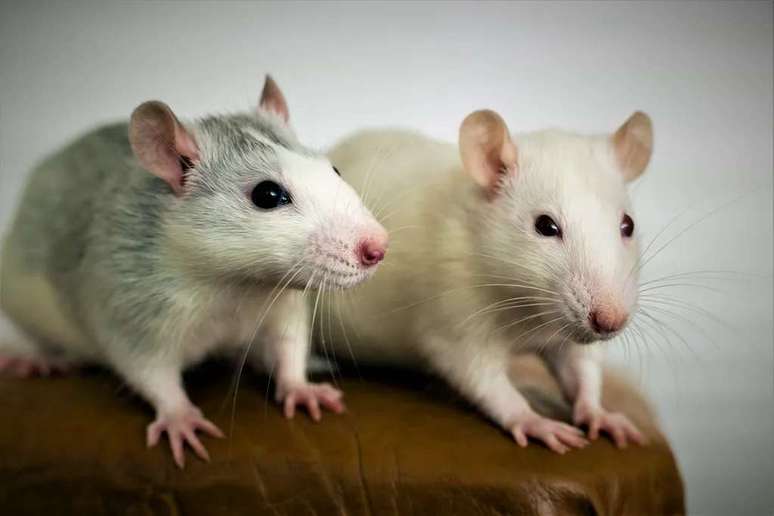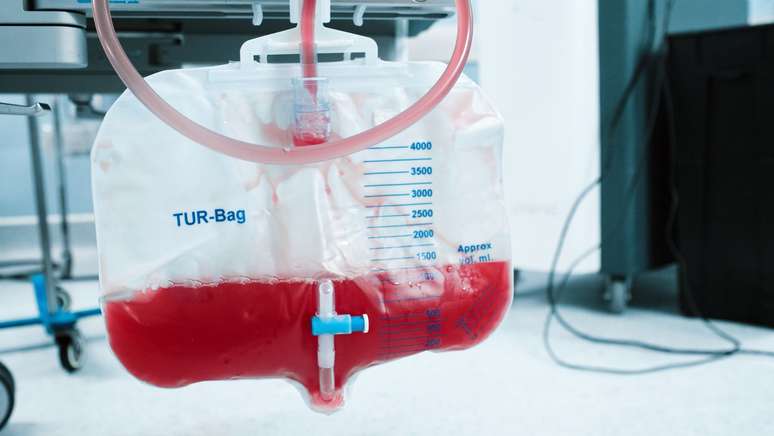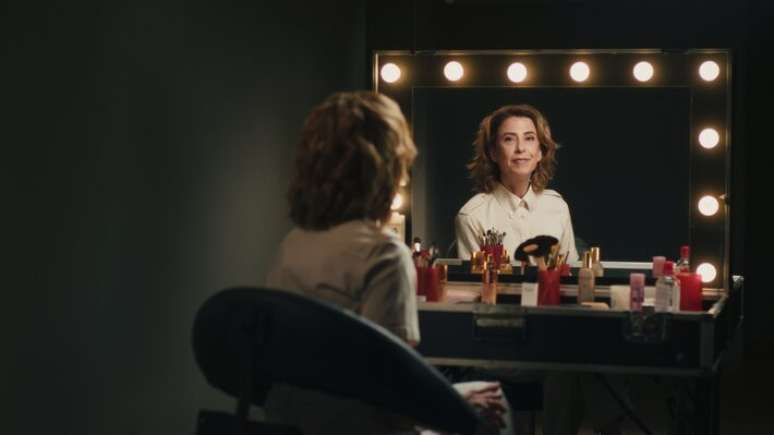In the United States, businessman Bryan Johnson is looking for new ways to prevent the body from aging. He now receives blood transfusions from his 17-year-old son.
What’s the limit in finding the fountain of youth? For businessman Bryan Johnson, 45, the question is quite flexible. After all, the American is receiving blood transfusions from his son, Talmage, to slow his cognitive decline. He is almost a vampire man, seeking the benefits of a 17-year-old teenager’s blood plasma.
- 45-year-old man spends 10 million reais a year to “go back” to 18
- Transfusion of blood from an old mouse to a young one causes aging
To make the story even more surprising, Talmage’s plasma is also donated to his 70-year-old grandfather, Richard. Second Bloomberg, all unconventional blood transfusions take place in a private clinic in Dallas, USA. Apparently, everything is consensual.
Although the vampire habit seems eccentric, millionaire Bryan, known for founding the companies OS Fund and Kernel, has already been the subject of other controversies. Earlier this year it announced plans to spend about 2 million dollars (nearly 10 million reais) a year. The goal of the so-called Blueprint project is to reverse your biological age, going back to 18, through techniques of biohacking.
How do blood transfusions work to maintain youth?
To understand how blood transfusions work among Johnson family members, it should be noted that only Talmage’s plasma is donated. Like all plasma, it does not carry blood cells like white or red blood cells, but is rich in proteins, including antibodies. As we age and naturally age, the concentrations of these proteins tend to vary.
Before receiving the plasma from the donation, Bryan and Richard have a blood draw, where an equivalent amount of blood is taken from what will then be received. In the familiar equation, only the youngest doesn’t get new proteins through the plasma.

It is worth pointing out that, prior to the current transfusion model, Bryan was already receiving donations from young anonymous donors, but with excellent health indicators. Unlike in Brazil, blood donations in the United States can be remunerated, which facilitates this type of activity.
Is there any scientific evidence of receiving blood to rejuvenate?
Although the idea of ”absorbing” the blood of young people is very bizarre, the practice of donating plasma is recognized for its medical purposes. Even a conventional donation consists in the withdrawal of plasma. Some blood products are obtained from this plasma, such as albumin and immunoglobulins, which are used by some patients.
Now, the use of plasma to reverse cognitive decline and thereby prevent dementia (Alzheimer’s and Parkinson’s) is far from scientifically proven. At the moment, what exists are preclinical studies, i.e. those carried out on animal models.
“We haven’t learned enough to suggest that this is a viable humane treatment for anything,” said Charles Brenner, a biochemist at City of Hope Medical Center in the United States. “To me it’s disgusting without evidence [científicas] and relatively dangerous,” adds the specialist.
Experiments with blood transfusions in rodents

Among the studies performed on rodents, is a research conducted by researchers from the Chinese Academy of Sciences (CAS). In the experiment, the team linked – read, sewed – young and old rodents so that they shared circulatory systems, using the heterochronic parabiosis technique. According to the authors, exposure to juvenile blood can rejuvenate some tissues in the aged sample.
Another similar study was conducted by scientists from the University of California. Less drastic, the tests involved simple blood transfusions between rodents. According to those responsible, the blood of an old mouse accelerates aging in the younger individual. In theory, the opposite should also happen. Despite preliminary evidence, little is known about the effect in humans the way Bryan does.
Source: Bloomberg
Trending on Canaltech:
- Netflix starts charging for account sharing in Brazil
- 10 cool commands to use in ChatGPT
- The petrol pump with anti-fraud system arrives in Brazil; see how it works
- Does China’s Giant Hydroelectric Dam Affect Earth’s Rotation?
- The Alienware Aurora R15 arrives in Brazil as the brand’s first gamer PC in the country
- The eruption of the volcano in Tonga affected the functioning of several satellites
Source: Terra
Rose James is a Gossipify movie and series reviewer known for her in-depth analysis and unique perspective on the latest releases. With a background in film studies, she provides engaging and informative reviews, and keeps readers up to date with industry trends and emerging talents.






